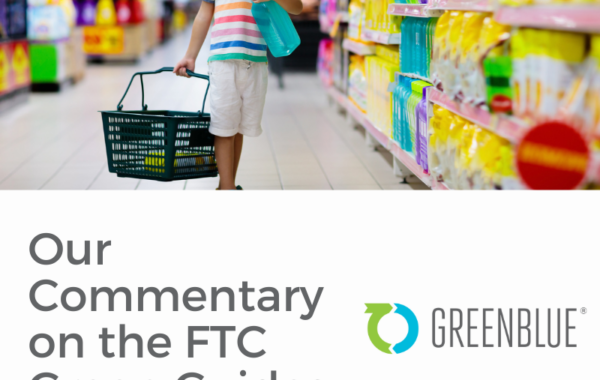July 19, 2021
To borrow a quote by Mark Twain that could be used to describe residential mixed paper recycling in the United States today: “reports of my death are greatly exaggerated.”
As recently as only a few years ago, the prevailing question about residential mixed paper was, “how can we find it a home?” A lack of end markets, China’s import ban, and challenges with sorting and reprocessing, all contributed to the price of mixed paper being described as “exceptionally low” throughout 2018 and 2019 in the United States. But, like so many things in 2021, the effects of the last year and a half have also turned residential mixed paper on its head. The rise of e-commerce, domestic response and adjustments to China’s import ban, advances in recycling technology, and an increased preference for fiber-based packaging, have all contributed to a mixed paper market that is now described as “robust”. So robust, in fact, that new mills and mill conversions have been announced, or already completed, to accommodate an increased appetite for using mixed paper as a raw material for packaging.
As mills continue to reprocess more materials, gain more experience, and grow capacity, the question has now become “what does the future look like for residential mixed paper?”
Residential mixed paper, or RMP, is a way to describe mixed paper of various qualities that is generated from residential, multi-material collection programs. RMP is essentially the paper that is collected from residential recycling bins that is not corrugated cardboard; think magazines, junk mail, ice cream containers, and other paperboard packaging. Historically, the challenge with this material has been from contamination, sorting, reprocessing, and other technical issues. As a result, a significant amount of RMP was exported overseas until China’s import ban in 2018.
Yet, with these new market conditions and realities, RMP is now being used in ways that many would not have predicted even a few years ago. Consider, for instance, announcements this year by companies such as Nine Dragons, Green Bay Packaging, Cascades, and others, announcing new capacity for RMP along with OCC in their U.S. manufacturing facilities. For many mills, RMP will be a minor input alongside OCC today, but it cannot be overlooked that these are significant and important increases. The future and potential for RMP all of a sudden looks quite bright.
But what, specifically, does this future look like in terms of the practical applications of how RMP can be best utilized? That is a question the Sustainable Packaging Coalition (SPC) is digging deeper into and exploring through an interactive, discussion-focused Collaborative. The goal of the SPC Residential Mixed Paper Collaborative is to bring together stakeholders from across the supply chain – from material recovery facilities (MRFs) to global brands, local governments to manufacturers, and everyone in between – to discuss “what is the future of RMP?” Organized around a series of roundtable discussions and presentations from industry experts, the objective of this Collaborative is to help align expectations and find opportunities for the best and highest use of a material that just a few years ago was seen as undervalued in the United States. For example:
- What new types of packaging can benefit from increased use of recycled RMP?
- What are the drivers that are influencing increased mill capacity for RMP?
- What are the challenges in reprocessing RMP that can be solved for?
- What are the levers that might influence increased use of recycled RMP in packaging?
For more information on how to get involved, please visit the RMP Collaborative website. If you have any ideas you think this Collaborative should explore, you can add them in the comments section below or send your questions to tom.pollock@greenblue.org.





